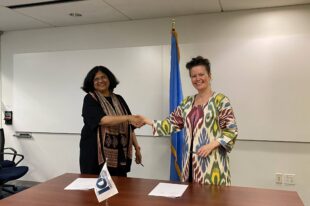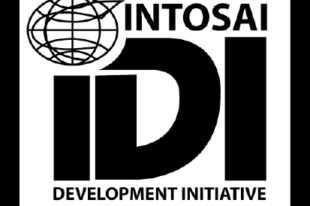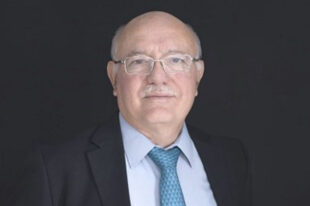Engaging Citizens in SDG Monitoring Through Available, Accessible Data
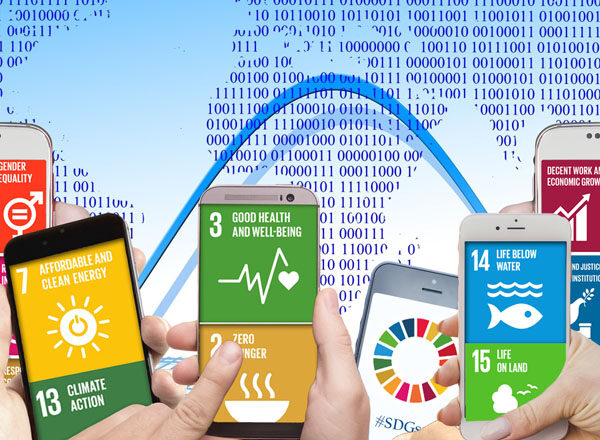
by Merel Hendriks, Netherlands Court of Audit (NCA)
Background
At the 2017 Young EUROSAI (YES!) Conference held in Tallinn, Estonia, “Citizen Participation in Data Collection for Measuring Sustainable Development Goals (SDGs),” represented a central theme. In a workshop moderated by the Netherlands Court of Audit (NCA) and the International Organization of Supreme Audit Institutions (INTOSAI) Development Initiative (IDI), substantial discussions centered on the role of Supreme Audit Institutions (SAIs) in monitoring SDG implementation, lack of data in specific regions, and methods to improve data availability through citizen participation.
The YES! event provided a forum to inspire creative ideas to address the question, “How can we measure SDG implementation progress when quality data is not available?”
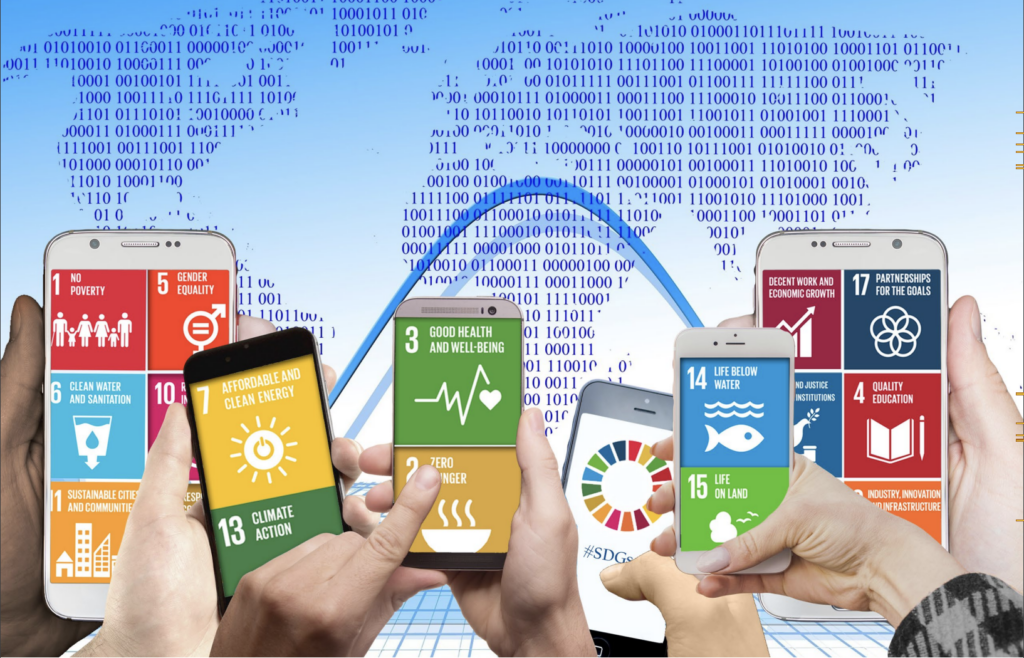
SDG Adoption and INTOSAI Tools to Address Them
SDG adoption provides countries with many opportunities and challenges. Governments are expected to establish national frameworks for the 17 interdependent goals, and, as two United Nations General Assembly resolutions specify, SAIs can play significant roles in monitoring SDG implementation at the national level.
The INTOSAI community believes SAIs have the potential to contribute much more: “INTOSAI has an important supporting and leveraging role to play in national, regional and global efforts to implement SDGs and in the follow-up and review of their progress.”—INCOSAI 2016 Theme 1 paper.
Within INTOSAI, tools have been developed to facilitate SAI review of governmental SDG implementation, one of which is the 7-Step Review Model that results in a baseline assessment on implementation preparedness. Several SAIs, including the Netherlands and Canada, have tested this approach in practice, which is also currently being applied in the “Sharaka International Cooperation Program” between the Netherlands and partners in several Middle East and North Africa (MENA) countries, such as Algeria, Iraq, Jordan, Morocco, the Palestinian Authority and Tunisia.
IDI, together with the INTOSAI Knowledge Sharing Committee (KSC), has also developed guidance for SAIs in auditing SDG implementation preparedness. Despite the tools’ initial success in various countries, the issue arising is not with the tools themselves but with a lack of reliable government data.
Data Availability, Storage and Analysis
Two major data-related components affecting SAI SDG preparedness programs are: (1) data availability and (2) data storage and analysis, both of which are essential to evaluate SDG implementation progress. While many countries have suitable existing databases and experienced government organizations to collect, store and analyze statistics, numerous countries struggle in this respect. For example, despite the fact that SDG 16 target nine states, “By 2030, provide legal identity for all, including birth registrations,” countless children fail to be officially registered in several developing countries, resulting in roughly 1 billion people having no legal identity.
Without official identification, individuals can face problems in accessing education, health care, financial services and social benefits. Additionally, obtaining political and legal rights can pose challenges. Individual lack of identity is also closely connected to other SDG targets—that governments need to operate more efficiently, deliver benefits to people and achieve gender equality.
It usually takes time to create well-functioning government institutions; however, recent technological developments can offset this by engaging citizens to collect, store and analyze data. Using technology, in conjunction with digital data, can lead to important contributions toward SDG achievement.
Citizens as Data Collectors
With digitalization spreading rapidly, recorded information grows at a phenomenal rate. Today, the Internet is accessed daily, particularly with increasing smartphone availability and use. These trends provide opportunities to involve citizens while tackling the challenges associated with an absence of government data. Engaging citizens as data collectors has two important benefits. Firstly, they can contribute to reliable data availability. Secondly, citizen engagement can increase awareness about SDGs and their importance.
As of 2017, approximately 35 percent of the world’s population had a smartphone, and this number is steadily rising. In Europe alone, 81 percent of the population between the ages of 18 and 80 has smartphone access. Smartphones are perfect data collection tools, and there are several existing applications (apps) that can capitalize on citizen participation in data collection, such as “Akvo Caddisfly” and “Safecity.”
Leveraging Existing Technology
“Akvo Caddisfly,” a simple, low-cost, smartphone-based app, allows users to test drinking water quality. Already operational in 64 countries, the app combines Global Positioning System (GPS) software with pocket-sized hardware attachments permitting users to conduct reliable water tests while pinpointing the exact location where the testing is taking place. The app creates an information repository in an online open data platform where the data can be further analyzed to discover where investments are needed to achieve SDGs, particularly SDG 6, Water and Sanitation, and SDG 3, Good Health and Well-Being. Monitoring and tracking government-implemented improvements are additional data sets that could be realized when analyzing the uploaded information.
SDGs also focus on social goals, which makes “Safecity” an extraordinary app to monitor progress in this area. The program anonymously crowdsources individual incidents of sexual harassment and abuse in public spaces. The anonymous data can be aggregated locally and used to indicate high-risk locations on a map. In addition, by combining other available indicators, individuals, communities and local governments can assess potential factors that can prevent and reduce such incidents. Since its launch December 26, 2012, “Safecity” has logged over 10,000 incidents in over 50 locations, including cities in Cameroon, India, Kenya and Nepal.
Inspiring New Ideas
Leveraging existing technology provides tremendous prospects toward efficient, effective SDG implementation. As part of the YES! agenda, several new ideas were presented that could also lend themselves to measuring SDG progress.
One example involved substandard roads. The idea revolved around citizens reporting roadway deficiencies using an app that (1) stored the data and (2) used the data to visually map the streets. Such information would prove useful in measuring SDG 6, “Build resilient infrastructure, promote inclusive and sustainable industrialization and foster innovation.”
Another potential online tool could be developed to locate newly planted trees, as well as logged trees. A database housing the information would measure SDG 11 progress to “make cities and human settlements inclusive, safe, resilient and sustainable.”
Mapping poverty by showing schools that provide meals to kids from low-income families would give insight into the number of families within certain income levels and help measure progress toward achieving SDG 1, “End poverty in all its forms everywhere,” and SDG 2, “End hunger, achieve food security and improved nutrition and promote sustainable agriculture.”
Bringing the Ideas to Life
While the YES! Workshop was a great opportunity to learn from each other, it is now time to share those ideas, bring those ideas to life.
Much like the collaborative effort launched between the Netherlands and the MENA region on SDG preparedness, working together across the globe, across nations, across SAIs while engaging citizens will truly make a difference!
For more information, contact Merel Hendriks at m.hendriks@rekenkamer.nl.
Working together across the globe, across nations, across Supreme Audit Institutions while engaging citizens will truly make a difference!

